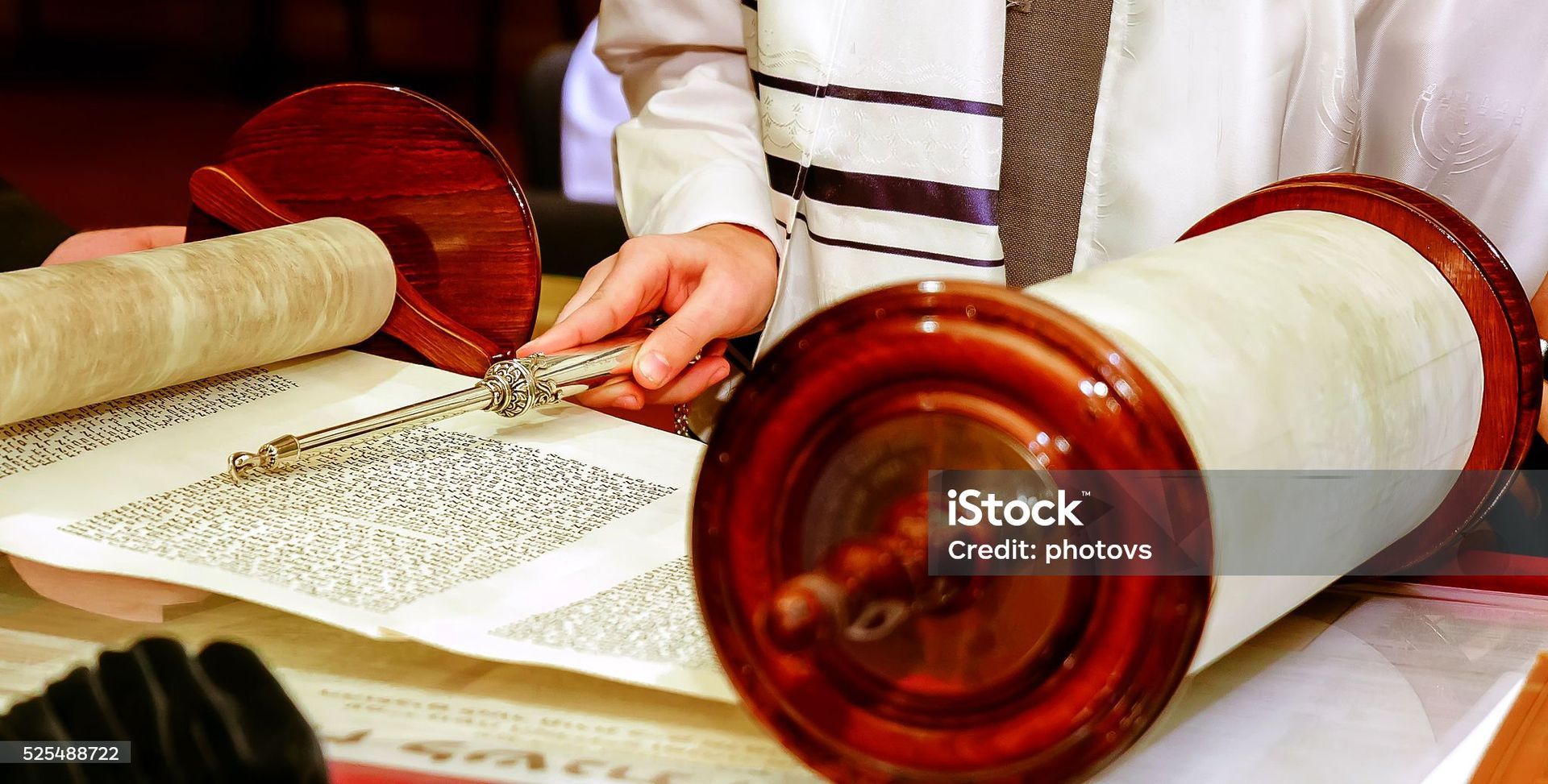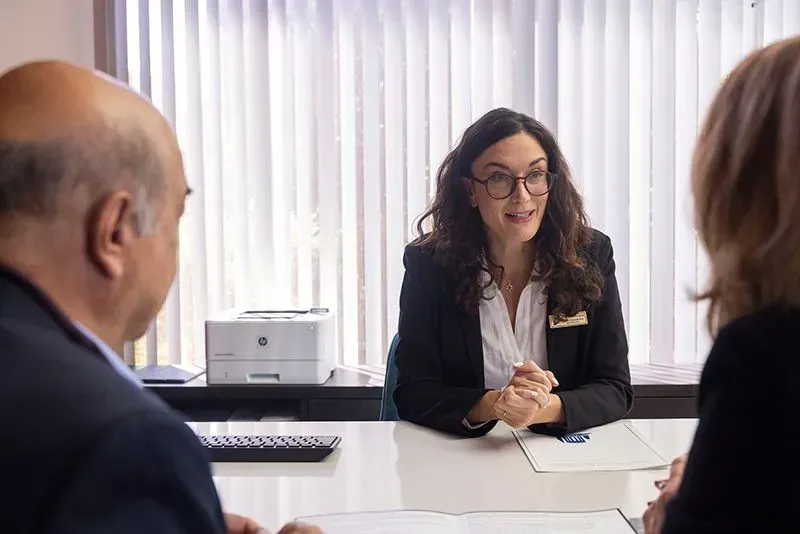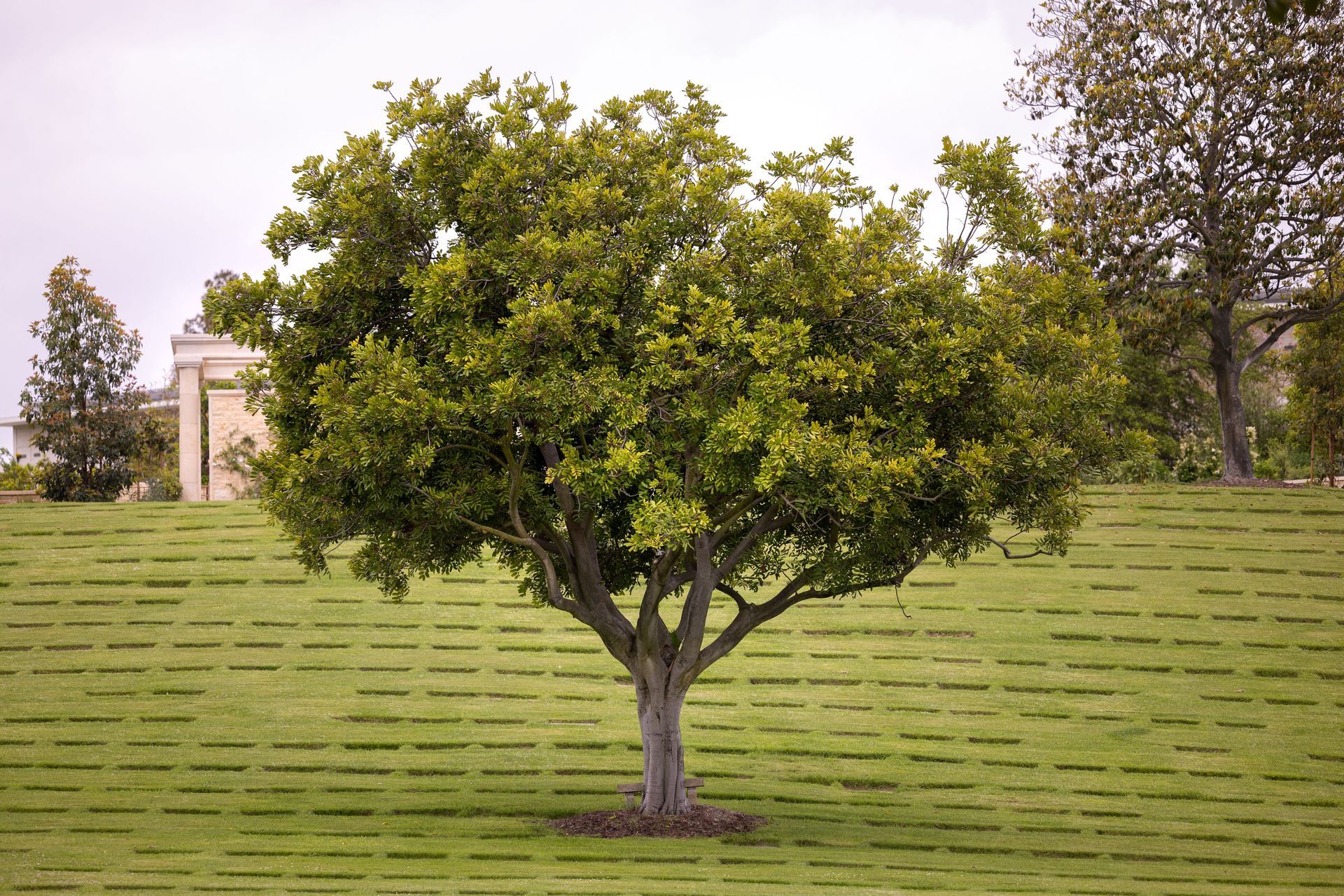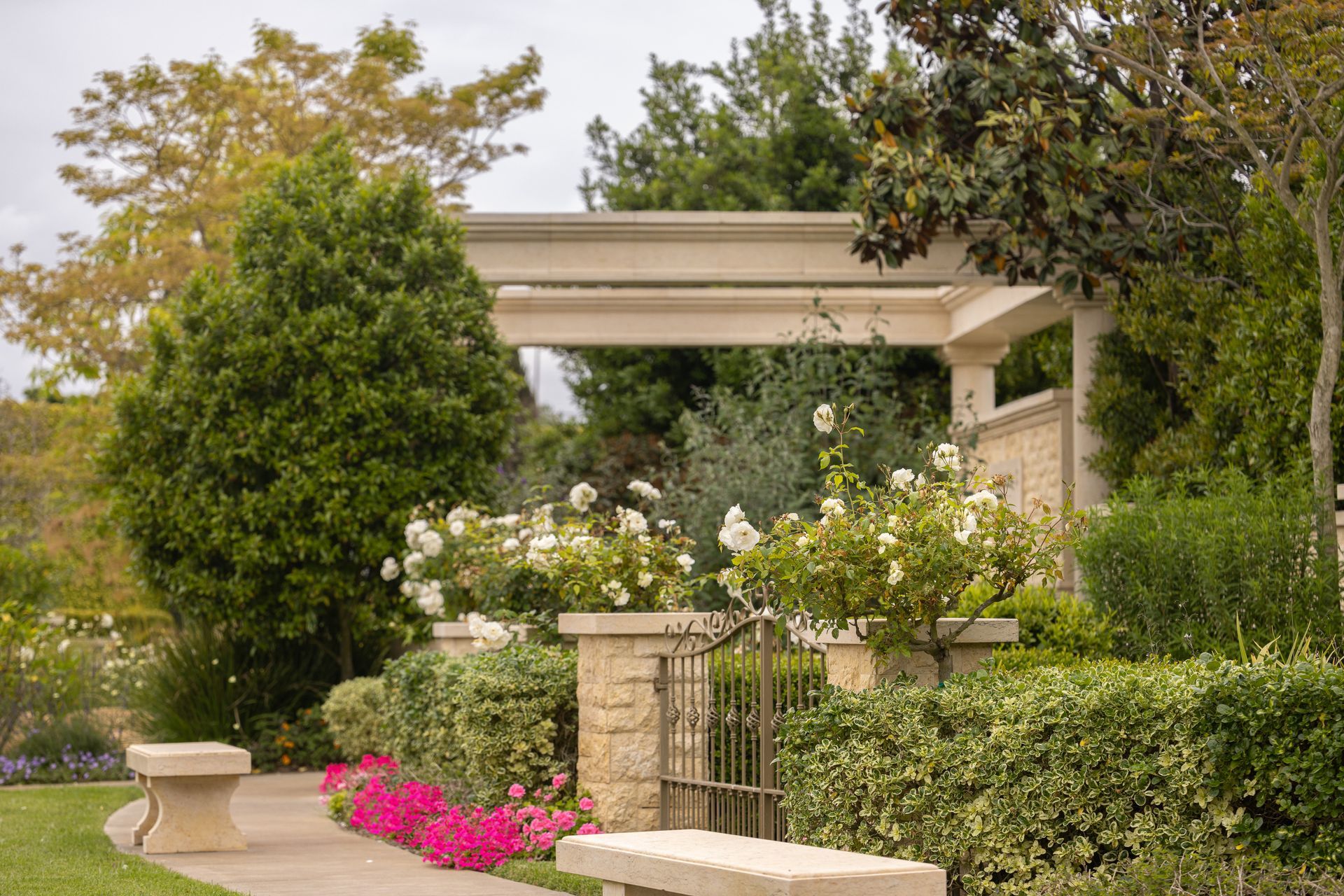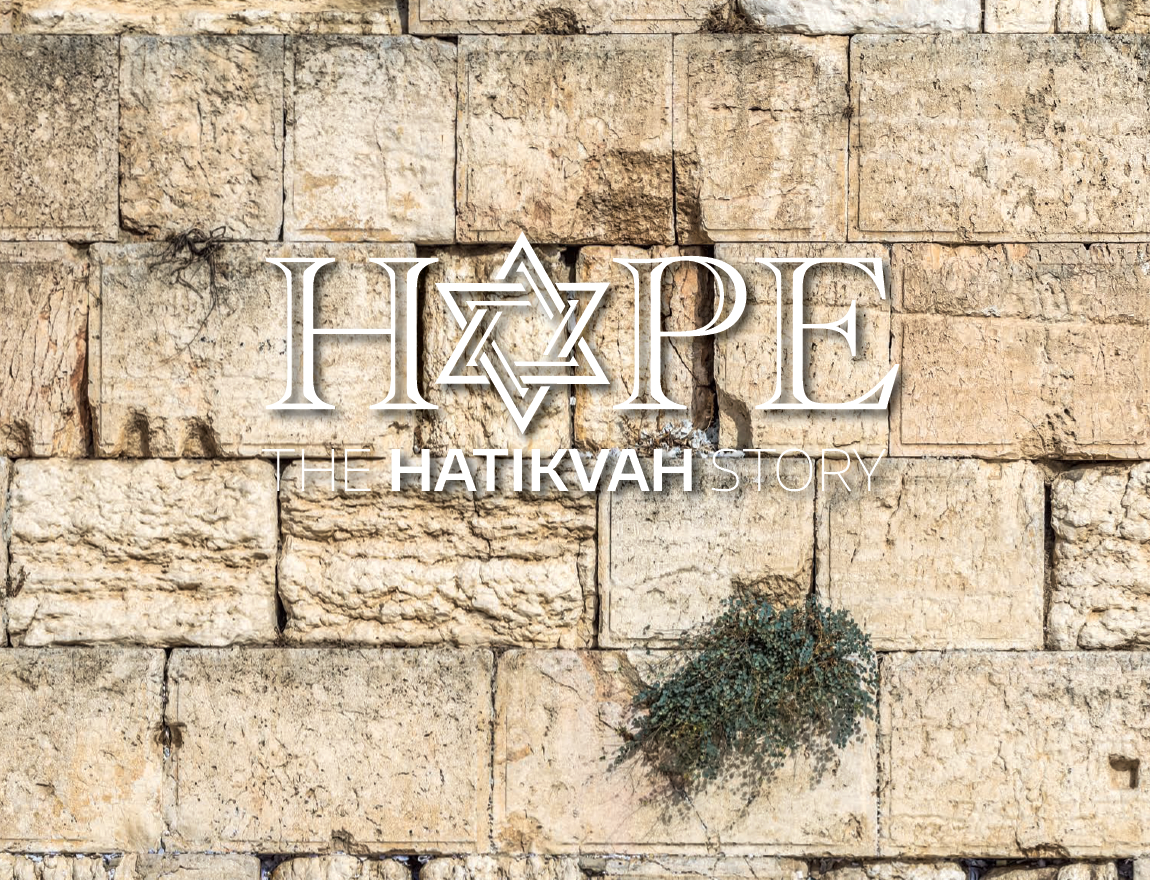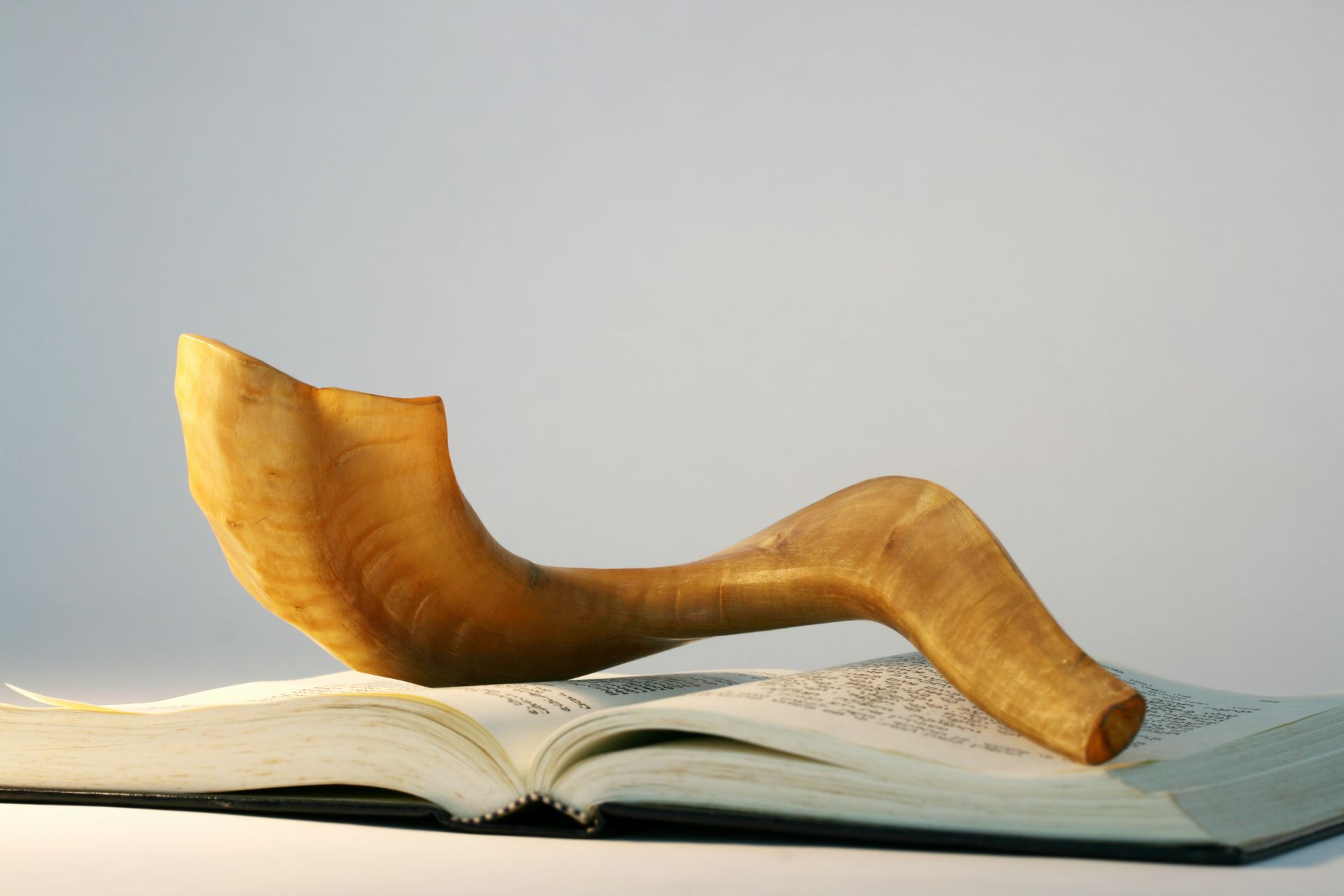How to Preserve Your Loved One’s Digital Legacy

In today’s digital age, our online presence – from treasured photos and social media profiles to personal blogs and online accounts – forever captures our memories, experiences, and relationships. When a loved one passes away, preserving these digital memories can offer comfort and lasting connection, yet the process can feel overwhelming. This step-by-step guide will help you navigate the process, ensuring their digital presence continues to be a meaningful source of remembrance.
Make an Inventory of Your Digital Assets
The first step in creating a digital legacy is to take stock of all the digital assets that your loved one left behind. This includes everything from social media accounts, email addresses, and cloud storage to digital photos, videos, and any other online content they created or stored. It’s important to compile all these digital assets into a comprehensive list, along with the credentials (usernames, passwords) needed for access.
Taking the time to create this inventory allows you to ensure that nothing is overlooked. It may be a challenging task, especially as you come across memories that evoke deep emotions, but it is a crucial step in preserving their digital presence.
Organize Your Assets
Once you have compiled a list of digital assets, the next step is to organize them. This might involve grouping assets into categories—such as social media accounts, financial accounts, and personal files—or prioritizing them based on their significance.
Organizing these assets not only makes it easier to manage them but also allows you to decide which elements of their digital life you wish to preserve, share, or even close down. For example, you may choose to archive their personal blog as a lasting tribute or create a digital photo album featuring their life’s joyful moments.
Appoint an Executor for Your Digital Legacy
Just as you would appoint an executor for a will, it’s important to appoint someone you trust to carry out your wishes regarding the preservation and distribution of digital assets.
Selecting the right person is essential, as they will need to handle sensitive information and make decisions that honor the memory of your loved one. Ensure that this person understands the importance of the role and is comfortable with the responsibilities that come with it.
Lay Out Your Wishes and Instructions
After organizing your loved one’s digital assets, it’s time to lay out clear wishes and instructions for how you want each asset to be handled. This might include guidelines for which accounts should be memorialized, which content should be shared with family and friends, and which should remain private or be deleted.
These instructions will serve as a roadmap for the executor, ensuring that your loved one’s digital legacy is managed in a way that aligns with their values and your family’s wishes.
Securely Pass Along Credentials
Finally, it’s crucial to securely pass along the necessary credentials to the executor of the digital legacy. This can be done through a password manager or a secure document that contains all the login information for the digital assets.
By ensuring that these credentials are safely stored and accessible, you enable the executor to carry out their duties without unnecessary complications.
Honoring Your Loved One Online
Creating a digital legacy for a loved one is a deeply personal and meaningful way to honor their memory. By taking the time to inventory, organize, and plan for the management of digital assets, you ensure that your loved one’s legacy continues to resonate in the hearts of those they touched and for generations to come.
In this delicate process, remember that there is no right or wrong way to handle your loved one’s digital legacy—only the way that feels most authentic to their memory.

